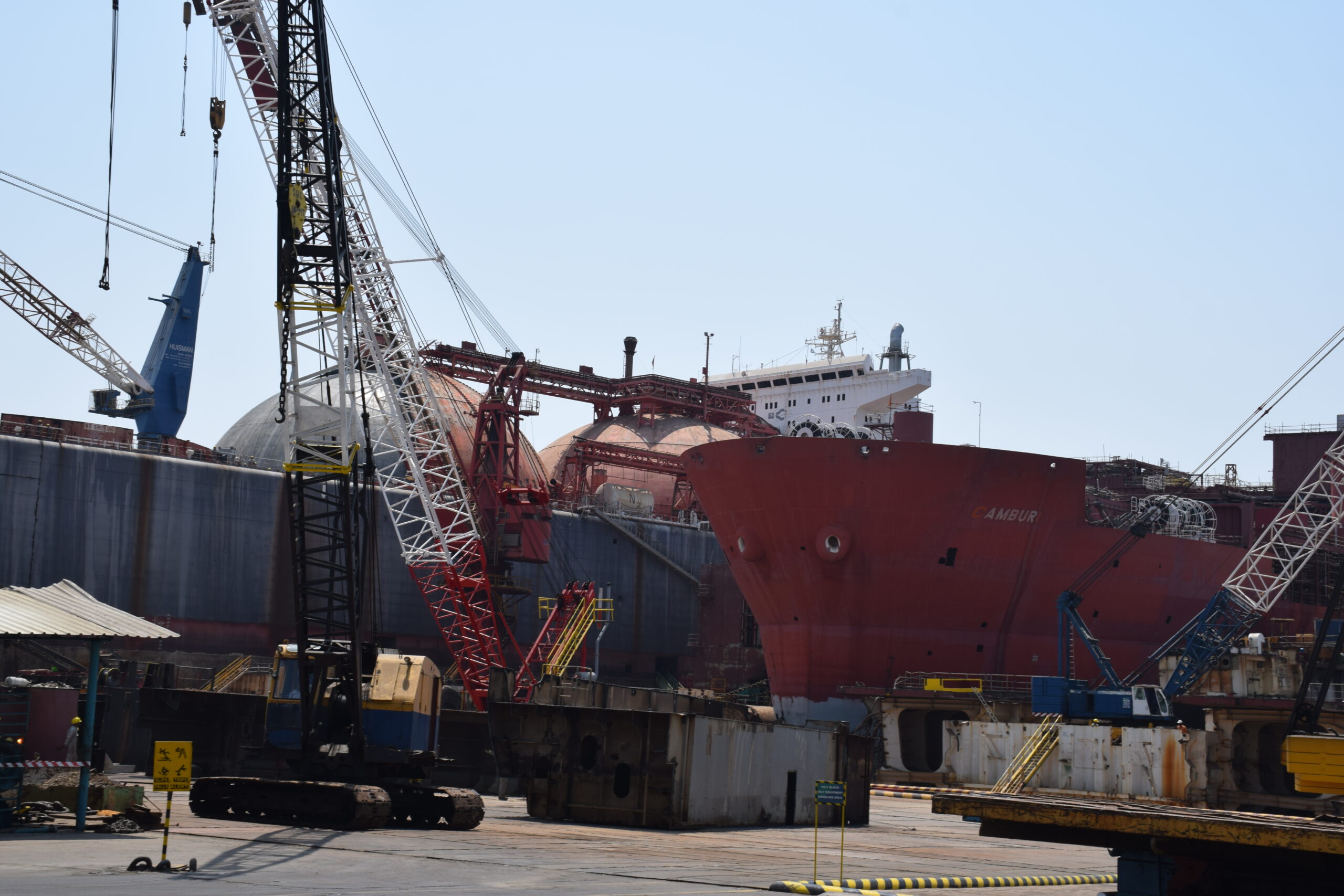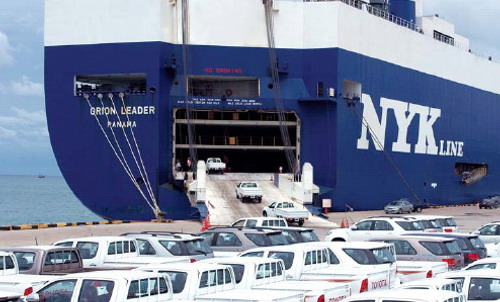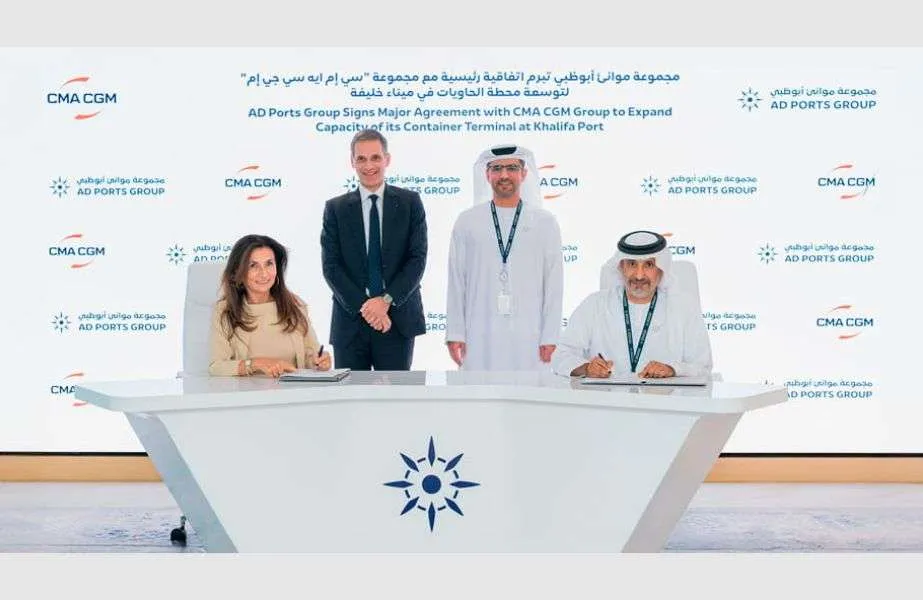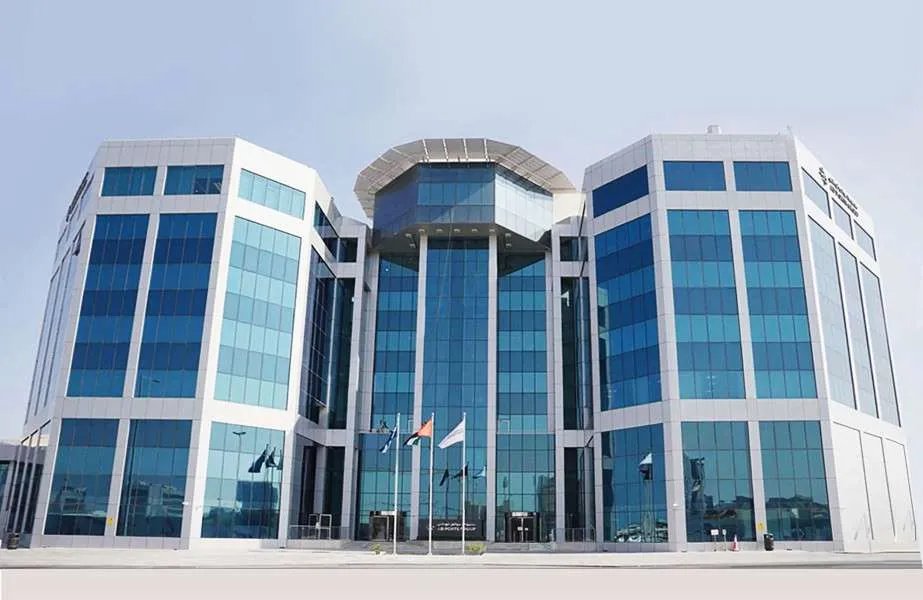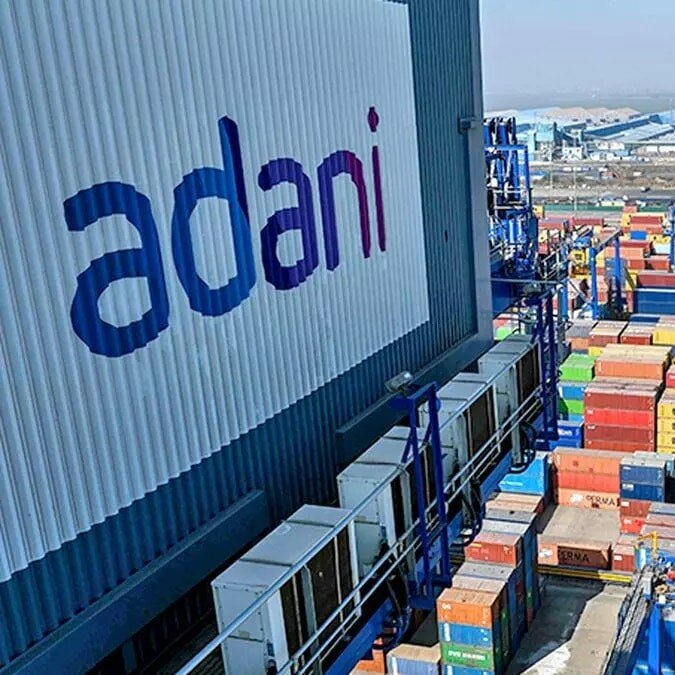Alang-Sosiya: The Once-Thriving Hub of Ship Breaking Faces Unprecedented Crisis

Nestled along the coast of Gujarat’s Bhavnagar district, Alang-Sosiya has long been a symbol of industrial might, known worldwide as the largest stretch of ship-breaking beaches. For decades, these shores were a bustling epicentre of activity, with ships from around the globe making their final stop here to be dismantled and recycled. The industry provided livelihoods to thousands and fueled local economies, making Bhavnagar a beacon of prosperity. But today, the story of Alang is one of despair and decline.
The reasons behind this downturn are multifaceted, creating a perfect storm that threatens the very existence of this once-thriving industry. A flood of cheaper steel imports from China and Vietnam, coupled with depressed local demand and a booming freight market, has left Alang’s shipbreaking yards eerily silent. Of the 120 yards that once operated here, only about 24 remain active, with many others lying idle, their machinery rusting and their workers long gone.
The Human Toll of Alang’s Decline
For the people of Alang, the impact of this downturn is not just economic but deeply personal. Chintan Kalthia, the promoter and owner of R L Kalthia Shipbreaking Pvt Ltd, knows this better than most. His company, which operates two ship recycling plots in Alang, now finds itself in a dire situation. “It’s a dire situation in Alang,” he says, his voice heavy with the weight of uncertainty. One of his yards has been non-operational for the past three years, while the other has been empty for six months.
“If I give you an example, you are talking to a dead body,” he tells *ET Infra* over the phone, emphasizing the severity of the situation. Kalthia, who once had little time for interviews due to the demands of his thriving business, now finds himself with “all the time in the world” to talk. “There is nothing to do these days,” he adds, a stark reflection of the grim reality facing Alang’s shipbreaking industry.
Kalthia’s company was one of the first in the Indian subcontinent to receive a statement of compliance from Japan’s Class NK for Hong Kong Convention-compliant green ship recycling. This recognition, once a source of pride, now seems like a distant memory as the industry teeters on the brink of collapse.
The Factors Behind the Downturn
The challenges facing Alang are numerous, but a few stand out as particularly damaging. The dumping of cheap steel by China and Vietnam has flooded the Indian market, making it difficult for locally produced steel, including that derived from ship recycling, to compete. Indian re-rolling mills, which once relied on ship-derived steel, now prefer to import competitively priced and better-quality scrap steel from Western countries. The depreciation of the Indian rupee has only exacerbated this trend, making imports more attractive and further depressing local demand.
However, the issue goes beyond just the influx of cheap steel. Chetan Patel, a key figure at the Shree Ram Group, which operates four yards in Alang, highlights another critical factor: the lack of ships available for scrapping. “The freight market is very good, so ship owners don’t want to send their ships for scrapping,” Patel explains. With freight rates soaring, shipowners are choosing to keep their vessels in operation, even if it means investing in repairs to extend their lifespan. As a result, the flow of ships to Alang has slowed to a trickle.
At its peak, Alang beached some 400 ships a year for recycling, but that number has now plummeted to around 100. In the fiscal year 2023-24, only 125 ships were beached for recycling, down from 131 the previous year. This translated into a light displacement tonnage (LDT) of 944,069.25 tons, compared to 1,147,480 LDT in the previous year—the lowest in two decades. The outlook for the current fiscal year is even bleaker, with experts predicting that only 50-60 ships will be beached.
The Economic and Social Fallout
The economic consequences of this downturn have been devastating. Alang, once a bustling hub of activity, now feels like a ghost town. The number of workers employed in the shipbreaking industry has dwindled from around 40,000 at its peak to just 3,000-4,000 today. “These days, there are fewer workers because there are no ships for recycling. So, what will the workers do? They have gone back to their native states like Odisha, Bihar, and Uttar Pradesh,” Kalthia laments.
The ripple effects of this downturn have spread far beyond the shipbreaking yards. The local economy, which once thrived on the back of Alang’s success, is now struggling to stay afloat. Ancillary industries, including re-rolling mills, second-hand parts shops, and transportation service providers, are all feeling the pinch. “Basically, Alang is Bhavnagar’s lifeline,” says Kalthia. “If you have seen Alang-Bhavnagar ten years ago and today, you will see Bhavnagar has no life available now. Everything is static, nothing is moving. So many people have no jobs.”
The Role of Government and the Future of Alang
The challenges facing Alang are not lost on the government, which has taken steps to try and alleviate the situation. In April 2023, the government removed the import duty on ships bought for scrap for two years, a move aimed at making it more viable for shipbreakers to acquire vessels for recycling. However, industry insiders like Kalthia are not optimistic that these measures will be enough to turn the tide.
“We cannot blame the government for taxation,” Kalthia says. “Across India, there is GST on steel, and the government cannot segregate Alang not to have GST or have a different slab of GST—technically, that is not possible.” While acknowledging the government’s efforts, he remains sceptical about the prospects for a revival in Alang.
For Kalthia, the future of Alang hinges on one critical factor: green steel. “The survival of Alang or the future of Alang have only one hope, and that is green steel,” he asserts. As the world increasingly focuses on sustainability, the demand for environmentally friendly products is on the rise. Green steel, produced from recycled materials rather than mined iron ore, offers a way to reduce the environmental impact of steel production. By recycling steel from ships, the industry can help reduce mining, conserve freshwater, and lower energy consumption—an attractive proposition for environmentally conscious consumers and governments.
“The developed, rich countries are now focusing on green steel,” Kalthia notes. “If you use steel recycled from ships, you can reduce mining, reduce freshwater usage for washing iron ore, and reduce energy for making finished steel. This is the biggest positive side of using steel scrap from ships instead of iron ore.”
A Glimmer of Hope in a Dark Time
Despite the overwhelming challenges, there are glimmers of hope. As demand for green steel grows, the global push towards sustainability could provide a lifeline for Alang. If the industry can adapt to this new reality and position itself as a leader in green ship recycling, it could carve out a niche in the global market and revive its fortunes.
However, this transition will not be easy. It will require investment in new technologies, worker training, and a shift in mindset among industry leaders. The government will also have a role to provide support and incentives to help the industry make this crucial transition.
For now, though, Alang remains a shadow of its former self. The once-thriving shipbreaking yards lie dormant, and the people who once relied on this industry for their livelihoods are left to wonder what the future holds. The story of Alang is a stark reminder of the fragility of industrial success and the need for constant adaptation in an ever-changing global economy.
As the world moves towards a more sustainable future, Alang’s shipbreaking industry stands at a crossroads. The path forward is uncertain, but one thing is clear: the decisions made today will determine whether Alang can weather this storm and emerge stronger on the other side, or whether it will become yet another casualty of the global shift in economic tides.
Author: shipping inbox
shipping and maritime related web portal




